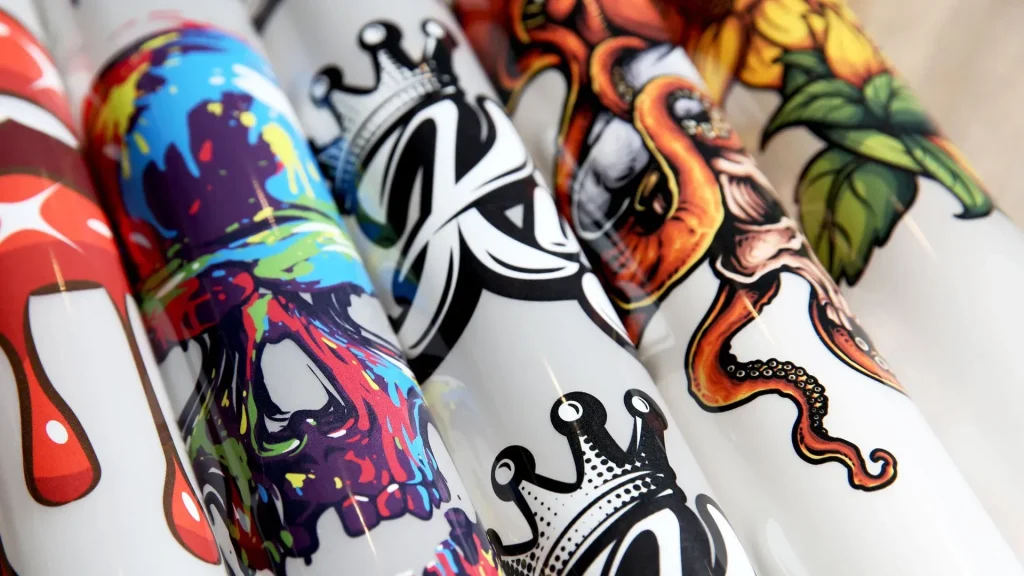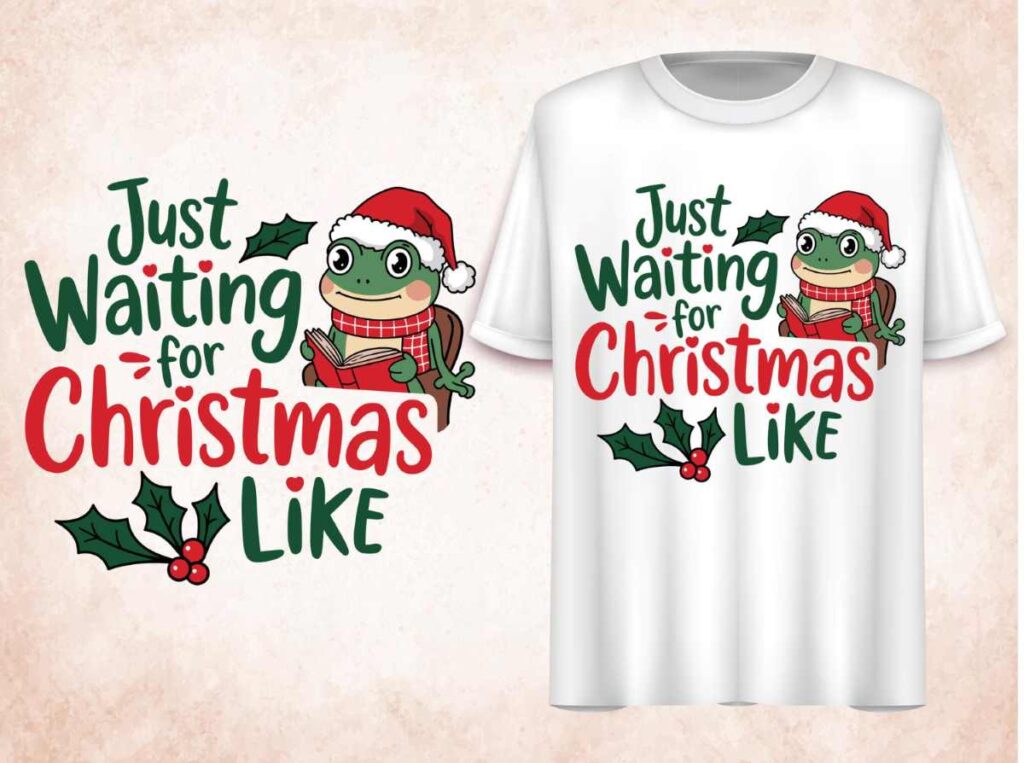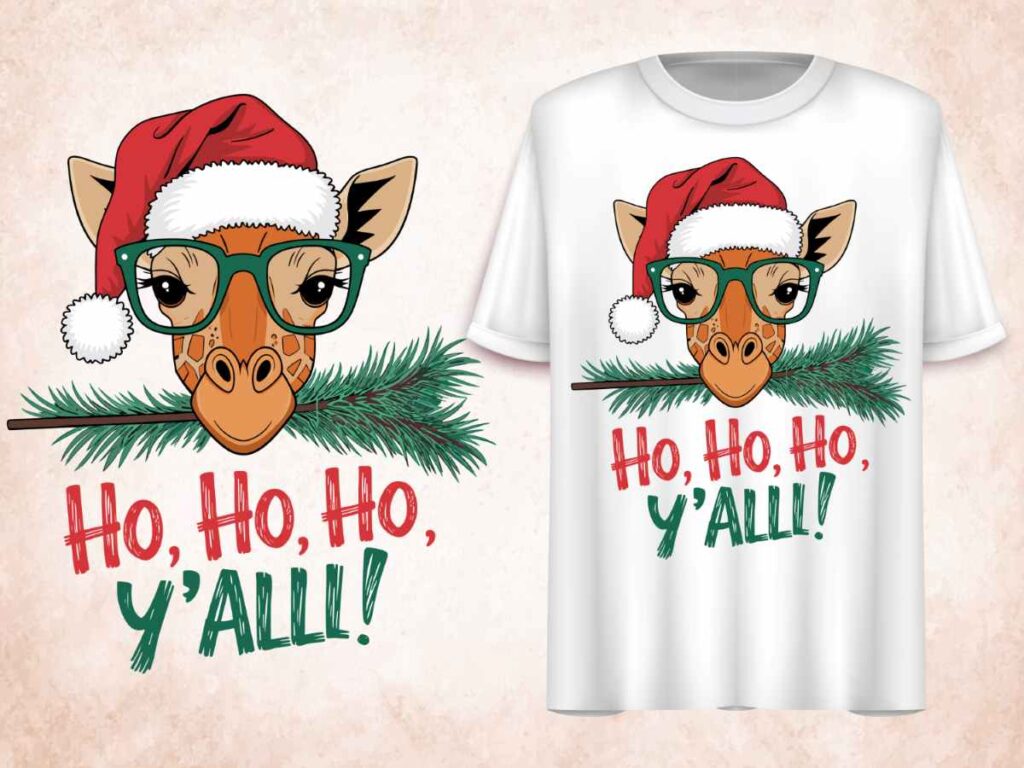DTF Transfers, or Direct-to-Film transfers, have revolutionized the textile printing landscape, offering a modern approach that stands out for its vibrant results and durability. This innovative method enables businesses and creators to achieve stunning designs on fabrics of all types, from casual wear to promotional items. With the rising demand for high-quality prints, DTF printing quality has become an essential criterion for consumers looking for apparel that lasts. Not only do these transfers boast impressive wash resistance, but they also demonstrate remarkable versatility across various textile printing methods. If you’re in the market for custom apparel DTF solutions, exploring these advantages can elevate your product offerings significantly.
Also described as Direct-to-Film printing, this technique is gaining traction for its efficient merging of aesthetics and longevity in fabric design. By utilizing specialized films for print transfer, designers can easily apply detailed graphics to fabrics, enhancing their appeal in the competitive market of textile production. The remarkable durability of these films allows for consistent high performance, making them a favorite among those seeking quality results in their apparel lines. As technology progresses, the possibilities for innovation in this field seem endless, prompting a shift from traditional fabric printing practices to these dynamic DTF alternatives. In essence, embracing these modern textile solutions can lead businesses to new heights in creativity and client satisfaction.
Understanding DTF Transfers and Their Process
Direct-to-Film (DTF) transfers represent a groundbreaking advancement in the textile printing industry, enabling designers to create vivid graphics and complex designs that stay intact over time. The process involves printing high-resolution artwork on a special PVC film, which is then transferred to fabric through a heat-pressing method. This unique approach offers greater versatility compared to traditional printing methods, allowing users to apply designs to a wide range of fabrics, including cotton and polyester, thereby catering to diverse market demands.
In comparison to conventional techniques such as Direct-to-Garment (DTG) printing, DTF transfers provide a more user-friendly interface and reduced setup times. The technology permits quicker turnaround times for both small and large orders, ensuring that businesses can meet consumer demands efficiently. Moreover, as DTF printing technology continues to evolve, the quality of inks and adhesive materials used is also improving, paving the way for even brighter colors and better adherence on various textiles.
The High-Quality Prints of DTF Transfers
One of the standout features of DTF transfers is their remarkable print quality. The technology ensures that colors are not only vibrant but also capable of replicating intricate designs and details with precision. This high-definition capability makes DTF an ideal choice for custom apparel, where the visual impact of the graphics can significantly influence sales and customer satisfaction. Unlike other methods that may dull or bleed upon washing, DTF prints maintain their brilliance, which keeps your brand’s image sharp and appealing.
Moreover, the continuous improvements in DTF technology mean that industry standards for print quality are ever-increasing. Advanced printers are now capable of achieving higher resolutions and using a broader spectrum of inks, resulting in prints that can rival those created by established methods like DTG. As a result, businesses that adopt DTF printing can confidently market their products, knowing they offer top-tier aesthetics without compromising on quality.
Assessing the Durability of DTF Transfers
Durability is a critical aspect when choosing a fabric printing method, and DTF transfers excel in this regard. The prints are engineered to withstand numerous washes — often exceeding 50 cycles — without significant fading or wear. This impressive wash resistance not only reassures customers of their purchase quality but also significantly decreases returns due to product dissatisfaction, thus enhancing overall customer loyalty.
Additionally, DTF transfer durability is further enhanced by its resistance to heat. The adhesive qualities allow for designs to endure heat-sensitive conditions such as ironing or heat application, ensuring that the integrity of the print remains intact throughout the lifespan of the fabric item. Such resilience makes DTF a favored choice amongst businesses producing apparel that will see frequent use, solidifying its status as a reliable textile printing method.
Current Trends in DTF Printing Industry
The DTF printing industry is experiencing rapid innovation, particularly in the development of inks and adhesives designed to improve the overall quality and sustainability of transfers. These advancements not only enhance the aesthetic appeal of the prints but also contribute to the environmental consciousness that is becoming increasingly important in today’s market. Eco-friendly DTF inks and processes are gaining popularity, as brands strive to align with sustainability goals while also providing high-quality products.
Furthermore, the DTF market is anticipated to witness significant growth, projected at around 9% annually until 2026. This trend underscores the increasing demand for custom apparel and the ability of DTF technology to meet these consumer needs. As more businesses adopt this method, they can capitalize on the growing trend of personalization in fashion, thus positioning themselves competitively in an evolving marketplace.
Advantages of Using DTF Transfers for Custom Apparel
DTF transfers offer numerous advantages that enhance their attractiveness for custom apparel production. One of the most significant benefits is cost-effectiveness, particularly for small and medium business operations. The low setup costs and reduced waste during production make DTF a financially smart decision for brands looking to produce high-quality prints without breaking the bank.
Additionally, the rapid production times associated with DTF transfers allow businesses to respond swiftly to market trends or customer requests. Customization options are also abundant, enabling intricate designs that cater to niche markets or individual preferences. This level of versatility and creative freedom is unmatched, making DTF an invaluable asset for any business looking to thrive in the ever-competitive textile industry.
Future Prospects of DTF Transfers in Textile Printing
Looking ahead, the potential of DTF transfers in the textile printing landscape appears promising. As technology continues to advance, we can expect improvements in print speed, quality, and sustainability. This evolution will likely encourage more manufacturers to adopt DTF methods, enabling them to offer high-quality products at competitive prices in a market that increasingly values personalized designs.
Moreover, as consumer preferences continue to shift towards eco-friendly options, the rise of sustainable DTF printing processes could further enhance its appeal. By investing in environmentally responsible printing methods, businesses can not only attract eco-conscious consumers but also set themselves apart in a crowded marketplace. The future of DTF printing thus looks bright, with endless opportunities for creativity and innovation.
Frequently Asked Questions
What are DTF Transfers and how do they work?
DTF transfers, or Direct-to-Film transfers, involve printing designs onto special PVC film which is then heat-pressed onto various fabrics. This printing method offers high-resolution outputs, vibrant colors, and intricate details, making it a favored choice for custom apparel production.
How does the print quality of DTF transfers compare to other textile printing methods?
The print quality of DTF transfers is exceptional, with vibrant colors and intricate details that often rival Direct-to-Garment (DTG) printing. Advances in DTF technology ensure a professional finish that is appealing to customers, offering a superior option for those in need of high-quality designs.
Are DTF transfers durable enough for frequent washing?
Yes, DTF transfers exhibit remarkable durability and can withstand over 50 washes without significant fading or peeling. This wash resistance ensures that garments with DTF prints maintain their vibrant appearance, making them ideal for clothing that undergoes frequent washing.
What types of fabrics can DTF transfers be applied to?
DTF transfers are versatile and can be applied to a wide range of fabrics, including cotton, polyester, and various blends. This adaptability enables manufacturers to cater to different styles and product types, from t-shirts to promotional items.
How do I care for garments printed with DTF transfers?
Garments printed using DTF transfers can be cared for just like regular clothing. They are heat-resistant, allowing for ironing on low settings. To maintain print quality, it is recommended to wash garments inside out and avoid bleach.
What latest trends are shaping the DTF printing market?
Current trends in DTF printing include innovations in eco-friendly inks and adhesives, an increased focus on sustainability, and significant growth projections for the market, driven by rising demand for personalized clothing solutions.
| Key Points | Details |
|---|---|
| What are DTF Transfers? | DTF transfers are a modern printing technique where designs are printed on a PVC film and then heat-pressed onto fabrics, providing high-resolution and versatile applications. |
| Print Quality | DTF transfers offer exceptional print quality with vibrant colors and intricate details, often rivaling traditional methods. |
| Material Versatility | Suitable for various fabrics such as cotton and polyester, making it adaptable for different products like t-shirts and hoodies. |
| Wash Resistance | DTF transfers are highly durable, maintaining vibrancy after over 50 washes without significant fading or peeling. |
| Temperature Resistance | The adhesive used allows for durability against ironing and heat applications, ensuring long-lasting quality. |
| Current Trends | Innovations in inks and adhesives, environmental sustainability efforts, and anticipated market growth are shaping the DTF landscape. |
| Advantages of DTF Transfers | Cost-effectiveness, quick turnaround, and customization opportunities make DTF an attractive option for printing. |
Summary
DTF Transfers offer a revolutionary approach in the textile printing industry, distinguished by their high quality and impressive durability. As businesses seek vibrant and resilient designs, this method stands out, blending efficiency and creativity. The remarkable characteristics of DTF transfers, including their wash and temperature resistance, coupled with the versatility to adapt to diverse materials, make them increasingly popular among manufacturers and crafters alike. With ongoing innovations enhancing their capabilities and a growing focus on sustainability, DTF Transfers are poised to redefine the future of custom apparel printing.



